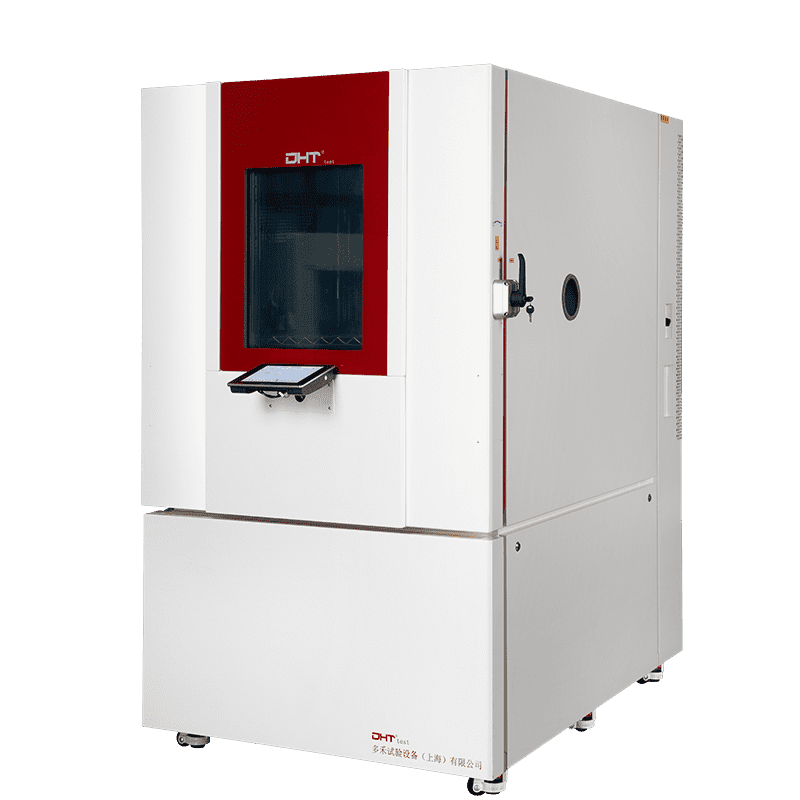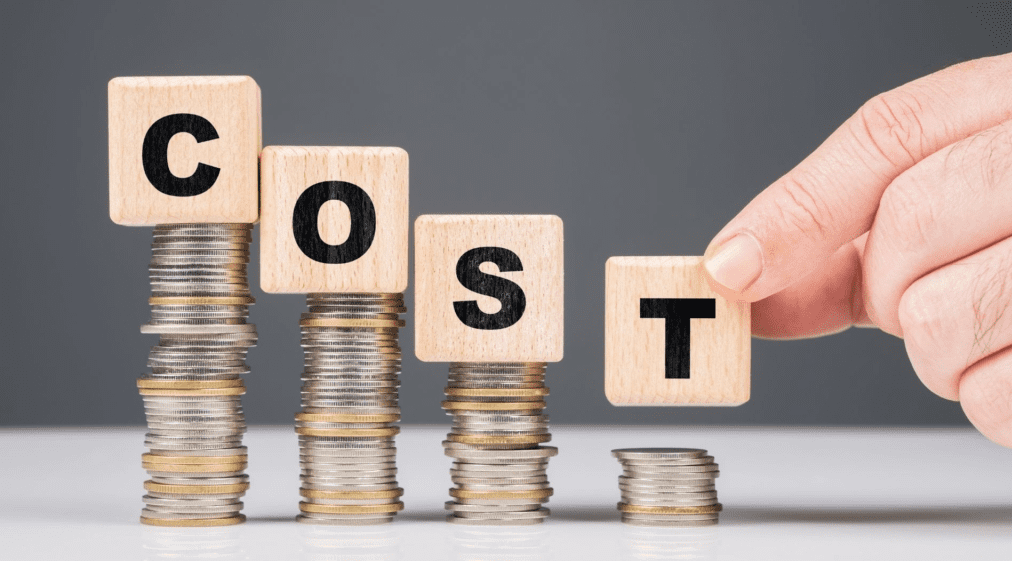Geschrieben von Dorothy
Leitender Verkaufsleiter, Doaho Test (DHT®)
In high-reliability industries such as electronics, automotive, aerospace, and defense, product durability is paramount. Thermal shock testing is a critical process for evaluating structural integrity and electronic system reliability, with the Temperaturschockkammer serving as the core equipment for these tests. Faced with a wide range of models in the market, selecting a stable, durable, and fit-for-purpose thermal shock chamber within a limited budget poses both a technical challenge and a strategic resource allocation decision for enterprises. This article offers an in-depth analysis of key procurement aspects—from precise requirement definition, interpretation of core performance metrics, brand evaluation, cost-effectiveness balancing to identification of potential hidden costs—to help you lock in the best equipment under budget constraints, avoid purchasing pitfalls, and maximize return on investment.
Define Procurement Objectives: The Core Value of Thermal Shock Chambers
The purchasing decision starts with a clear understanding of the equipment’s fundamental mission. The core value of a thermal shock chamber lies in its ability to simulate real stress conditions on products under extreme and instantaneous temperature changes. Through rapid temperature cycling—typically completed within seconds to tens of seconds—it effectively exposes latent material defects such as cracking and deformation, connection reliability issues including solder joint failure and BGA voids, as well as functional failures in electronic components.
Typical application scenarios include:
-
Electronics manufacturing: Thermal cycling fatigue tests for PCB assemblies, chip packaging, solder joints, and BGAs to accelerate exposure of microcracks and interface failures.
-
Automotive electronics: Environmental Stress Screening (ESS) of ECUs, sensors, and connectors for rapid elimination of early-life failures and enhancement of batch reliability.
-
Aerospace: Thermal shock resistance validation of composite structural parts and sealing materials to simulate material degradation caused by rapid temperature changes at high altitudes.
-
New energy: Extreme thermal boundary testing for power battery modules and cells to assess risks of thermal runaway and structural stability.
Different applications impose significantly different demands on equipment core capabilities—electronics focus on ultra-fast temperature ramp rates (>30°C/min) and temperature uniformity; automotive parts prioritize high load capacity and cycling stability; aerospace materials require extreme temperature ranges (e.g., -70°C to +180°C). Accurately matching test requirements with equipment specifications is fundamental to avoiding two major procurement pitfalls: performance redundancy and insufficient capability.
Focus on Core Performance Metrics: The Key to Reliability
The critical performance indicators of a thermal test chamber directly determine the accuracy, stability, and repeatability of test data under varying conditions. When procuring a thermal shock chamber, particular attention should be paid to the following four core parameters:
-
Temperaturbereich: High-performance chambers typically support a wide temperature span from -70°C to +150°C. Some premium brands offer customizable extensions to meet extreme testing requirements in specialized industries like aerospace or new energy.
-
Übertragungszeit: This is one of the most important indicators measuring the chamber’s thermal shock capability. Faster transfer times better replicate thermal stress conditions. Top-tier equipment can complete rapid switching between hot and cold zones within 5 seconds, effectively simulating the product’s response to sudden temperature differentials.
-
Temperature Recovery Time: After sample placement or temperature zone switching, the chamber must quickly stabilize at the set temperature. Shorter recovery times reflect stronger thermal compensation ability, enhancing test efficiency and minimizing temperature drift that could affect results.
-
Test Load Capacity and Chamber Volume: Selection should be based on the actual size and batch quantity of test specimens. Undersized chambers limit throughput, while excessively large volumes waste energy and increase operating costs. Properly matching chamber volume ensures test accuracy and economic efficiency.
Overall, these parameters not only reflect the chamber’s environmental simulation capabilities but also directly impact testing cycle times, product validation efficiency, and data credibility. Procurement decisions must be grounded in thorough evaluation against specific testing demands rather than superficial parameter comparison.
Choose Experienced Manufacturers: The Foundation of Product Stability
As a highly complex precision instrument, the reliability of a thermal shock chamber depends not only on individual component quality but also on the comprehensive system design and manufacturing craftsmanship. Therefore, selecting manufacturers with rich industry experience and strong technological capabilities is crucial.
When evaluating suppliers, consider:
-
Whether they possess in-house developed temperature control and system software;
-
Their capability to ensure quality assurance and supply chain integration of key components;
-
Availability of customized structural or functional modifications based on customer requirements;
-
Provision of real customer case studies or third-party performance certifications;
-
Existence of a local after-sales service network with rapid response capacity.
Avoid blindly chasing low prices. Some low-cost options on the market use inferior components and lack refined system tuning, leading to frequent malfunctions, interrupted testing, and increased maintenance costs.
Comprehensive Cost-Effectiveness Evaluation: Avoid the “Low-Price Trap”
While price is a significant factor in thermal test chamber procurement, true cost-effectiveness relies on a holistic, multi-dimensional evaluation framework. The overall value of a thermal shock chamber extends far beyond initial purchase cost and includes:
-
Core performance: Stability in temperature control, rapid thermal cycling, and precise recovery;
-
Service life and failure rates: Use of reliable brands for critical parts (compressors, controllers) and robust design ensuring long-term operation;
-
Energieeffizienz and operational costs: Reasonable power consumption and energy-saving features impacting long-term economics;
-
After-sales support: Availability of timely, professional technical assistance and consumables replacement.
For example:
-
Equipment A may have a lower upfront price but uses lower-end components with unstable compressor performance, resulting in frequent failures within two years that disrupt testing and inflate hidden costs.
-
Equipment B may require a higher initial investment but incorporates energy-efficient systems and industrial-grade parts, operating nearly fault-free for five years with superior overall testing efficiency and stability.
From a Total Cost of Ownership (TCO) perspective, Equipment B’s long-term benefits and reduced maintenance costs outweigh the higher initial expense.
Therefore, within limited budgets, enterprises should prioritize equipment that delivers stable performance, operational efficiency, and manageable lifecycle costs over mere low purchase price to avoid costly trade-offs in the future.
Beware of Hidden Costs: Managing Budget from a Holistic Perspective
Many purchasers focus solely on the equipment price, overlooking subsequent auxiliary and operational expenses, resulting in total costs exceeding expectations.
Common hidden costs include:
-
Transportation, handling, and installation: Large chambers often require crane lifting, door removal, foundation work, and other special arrangements;
-
Commissioning and setup fees: Sometimes treated as extra services not included in initial quotations;
-
Annual inspection and calibration: Certain industries mandate yearly metrological verification;
-
Supporting infrastructure investments: Such as industrial chillers, compressed air systems, and power upgrades;
-
Consumables and wear parts replacement: Items like seals, filters, and lubricants which impact ongoing budgets.
Hence, it is essential to request a comprehensive cost breakdown and clear after-sales service terms from suppliers early in the procurement process to maintain transparent budget control and avoid surprises from “low-price traps.”
After-Sales Service and Technical Support: An Indispensable Factor
As high-precision environmental simulation equipment, Wärmeschockkammern’ operational stability and data reliability heavily depend on continuous technical support and maintenance services. Rapid fault response and effective troubleshooting by the supplier are critical to ensuring test continuity and efficiency.
When assessing suppliers, prioritize those who offer:
-
Localized service teams or partner networks capable of fast on-site support and minimal downtime;
-
Comprehensive bilingual manuals and structured training to facilitate quick operator proficiency;
-
Remote diagnostics and online troubleshooting to improve problem resolution speed;
-
Assistance with third-party calibration and metrology to ensure compliance with accuracy and regulatory standards.
A supplier with integrated service capabilities guarantees not only smooth delivery but also ongoing support throughout the equipment’s lifecycle.
Conclusion: Choosing the Right Thermal Shock Chamber Is Safeguarding Your R&D Quality
Purchasing a thermal shock chamber is far more than an equipment transaction; it is a strategic decision influencing product quality assurance, testing efficiency, and long-term operational costs. Only by thoroughly understanding testing requirements, precisely assessing technical parameters, and selecting established brands with strong service capabilities can enterprises secure truly reliable performance within budget constraints.
As a seasoned brand dedicated to environmental testing equipment, DHT®. is committed to delivering high-performance, highly stable thermal test chamber solutions that meet diverse industry standards and testing conditions while providing comprehensive lifecycle support.
If you are planning to procure a thermal shock chamber, feel free to contact our professional team for tailored solutions and complimentary technical consultations.


